Umayyad Desert Castles In Jordan
Mostly scattered throughout the semi-arid regions of northeast Jordan, Umayyad desert castles are fortified structures built under the Umayyad Caliphate (661-750). They are referred to as qaṣr (singular) or quṣur (plural).
They may have served a variety of purposes, ranging from country estates and hunting lodges to agricultural estates and military forts. Most of them have a square central structure with additional buildings such as a mosque, bathhouse, and/or water reservoir.
Desert castles are important for understanding early Islamic art and architecture, as some include frescoes or reliefs of people and animals.
Qasr Amra in the Zarqa Governorate (8th Century)
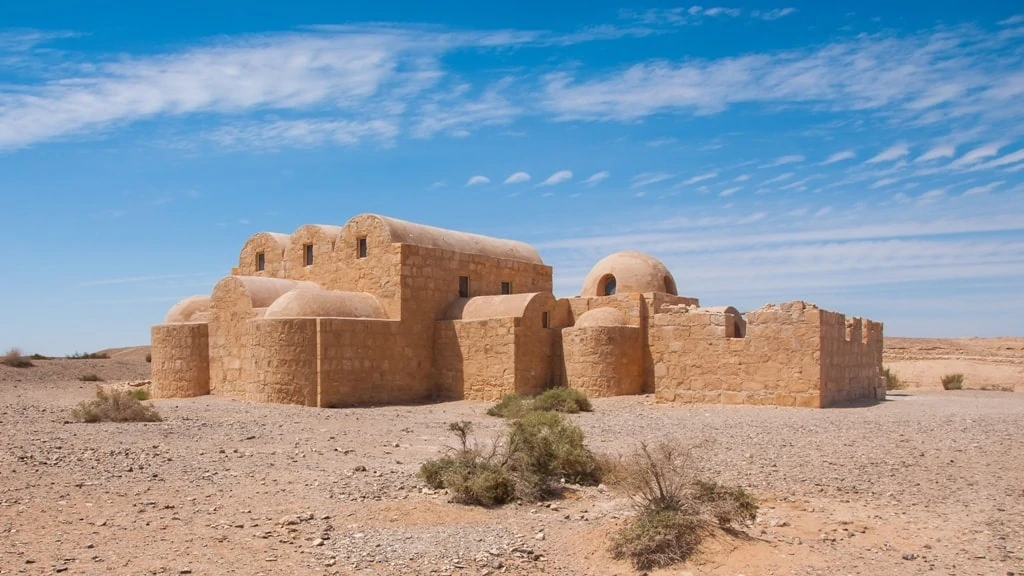
Built over 1200 years ago, only the foundation remains of this Umayyad desert castle. But it’s still worth visiting: tourists can admire interior frescoes and see some of the oldest surviving remains of a hammam (Turkish bath). Qasr Amra is an important example of early Islamic architecture and is a UNESCO World Heritage Site.
Qasr al-Kharanah in the Amman Governorate (before 710 CE)
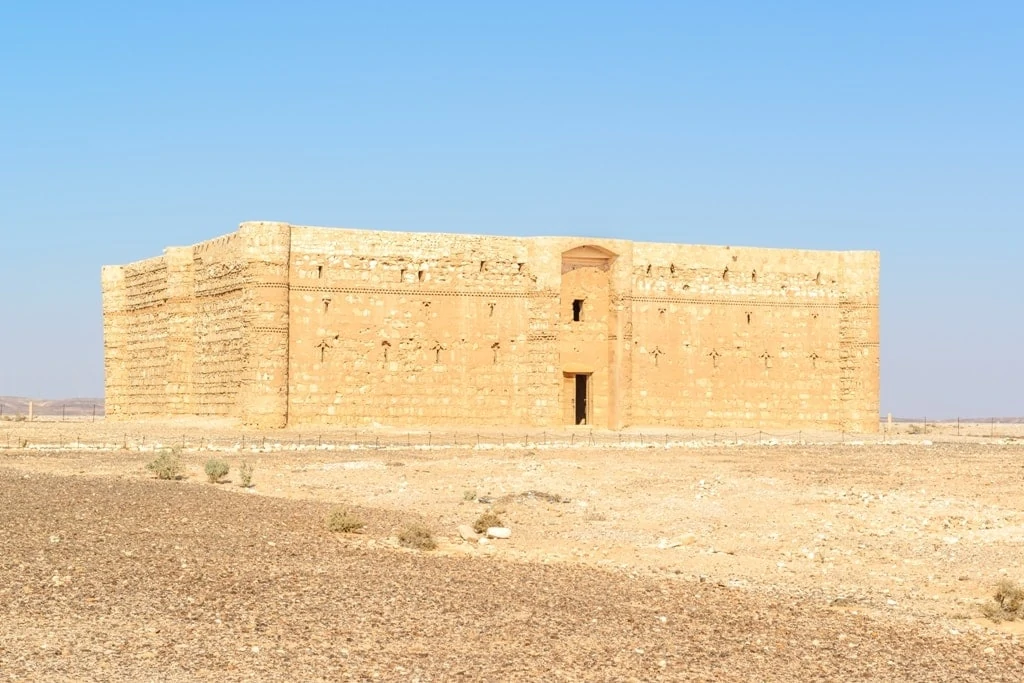
Qasr al-Kharanah is both famous and mysterious among desert castles in Jordan. Specialists believe it was completed before 710, but its purpose is hard to identify with certainty. It might not even really be a “castle,” because it does not appear suited to military defence.
Possibilities include fortress, meeting place, or roadside inn. Despite its mysterious origins, the site is well preserved and open to visitors.
Qasr al-Hallabat in the Zarqa Governorate (8th Century)

The site of this castle is extremely old and originally contained a Roman fortress built under the rule of Emperor Caracalla. In the 8th century Umayyad caliph Hisham ibn Abd al-Malik had the Roman structure demolished and replaced with another desert castle.
The castle complex included a mosque, a complex water system, and another structure that was probably agricultural. The nearby town of Qasr al-Hallabat is named after the castle.
Qasr Azraq in the Zarqa Governorate (4th and 13th Century)
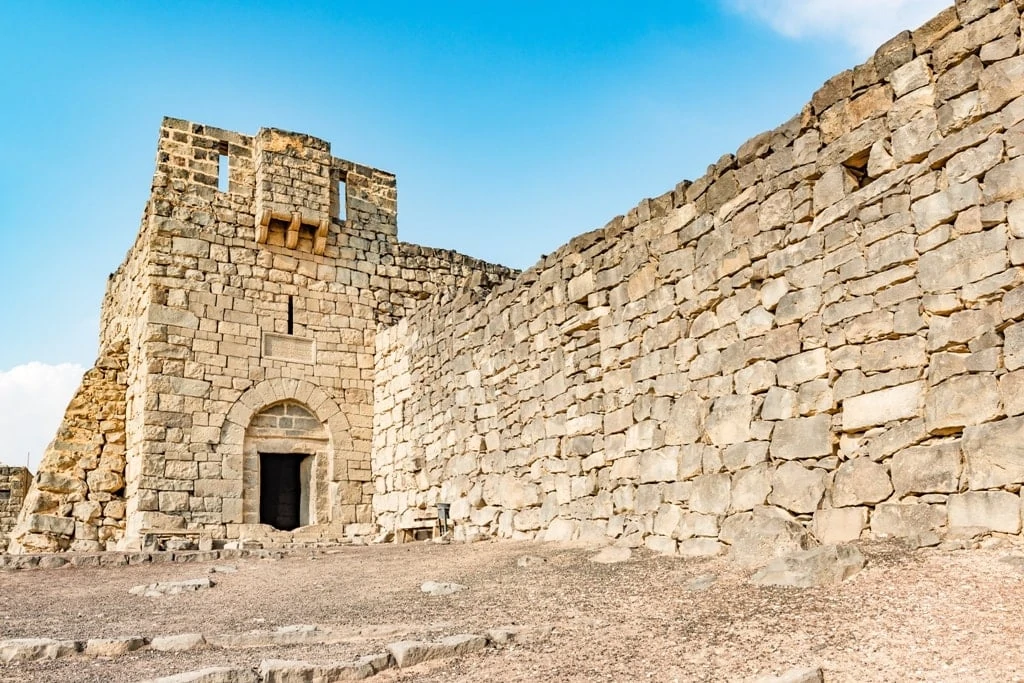
This desert castle is also known as “Blue Fortress.” It is a square building made entirely of local black basalt with a large central courtyard that contains a small mosque. Qasr Azraq’s timeline is a bit different from the other fortifications considered desert castles.
The Romans originally constructed it in the 4th century but the Ayyubids expanded and rebuilt it almost 1,000 years later. In between these periods of building and expansion, the Byzantine and Ummayad Empires used the building for their own purposes.
Armies under the Ottoman Empire (1299-1922) also used Qasr Azraq and it later became the headquarters of Lawrence of Arabia (1888-1935).
Crusader Castles in Jordan
The Crusades were a complex series of religious wars that took place during the middle ages. The First Crusade, which is probably the most famous, began in 1096 and ended in 1099. But later crusades continued until at least 1271 (and depending on who you ask, perhaps longer than that).
The Crusades have always fascinated history lovers, so enthusiasts might be interested in seeing some of the fortifications built during the Crusades. The following four castles in Jordan are “crusader castles” built or used heavily during the 12th century.
Ajloun Castle in the Ajloun Governorate (12th Century)
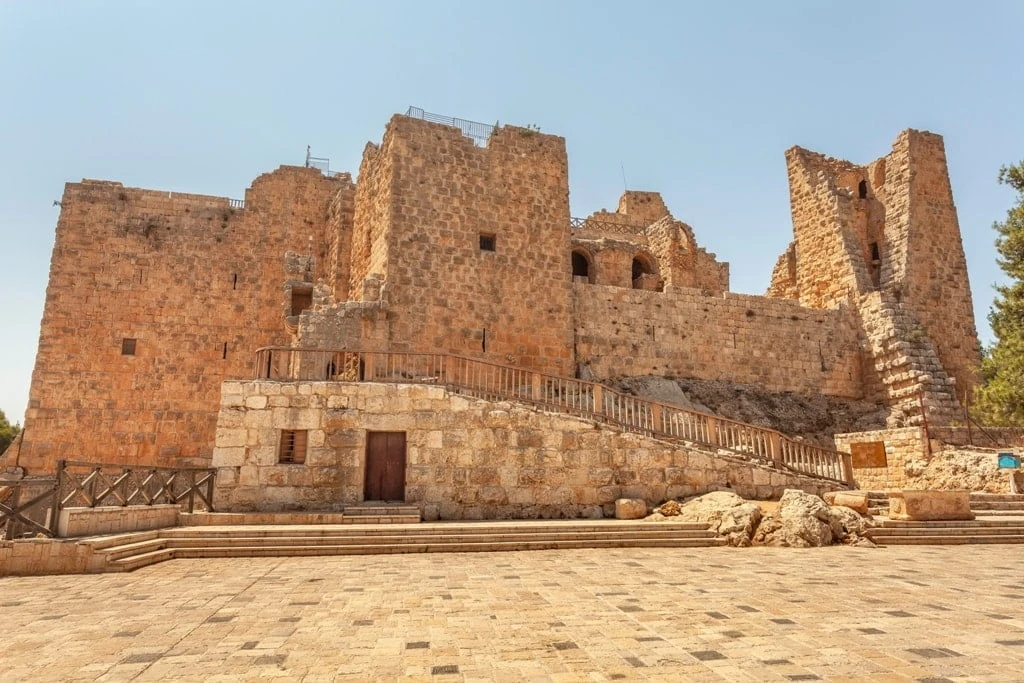
The Ayyubids built Ajloun Castle to help protect themselves from crusaders. Its location was perfect from a defence standpoint because it helped control three main passages leading to the Jordan Valley, as well as the communication routes with Syria. Standing on the ruins of a monastery, it is now surrounded by a town called Ajloun. It is open to the public and contains an exhibition of regional artefacts.
Montréal in the Ma’an Governorate (12th Century)
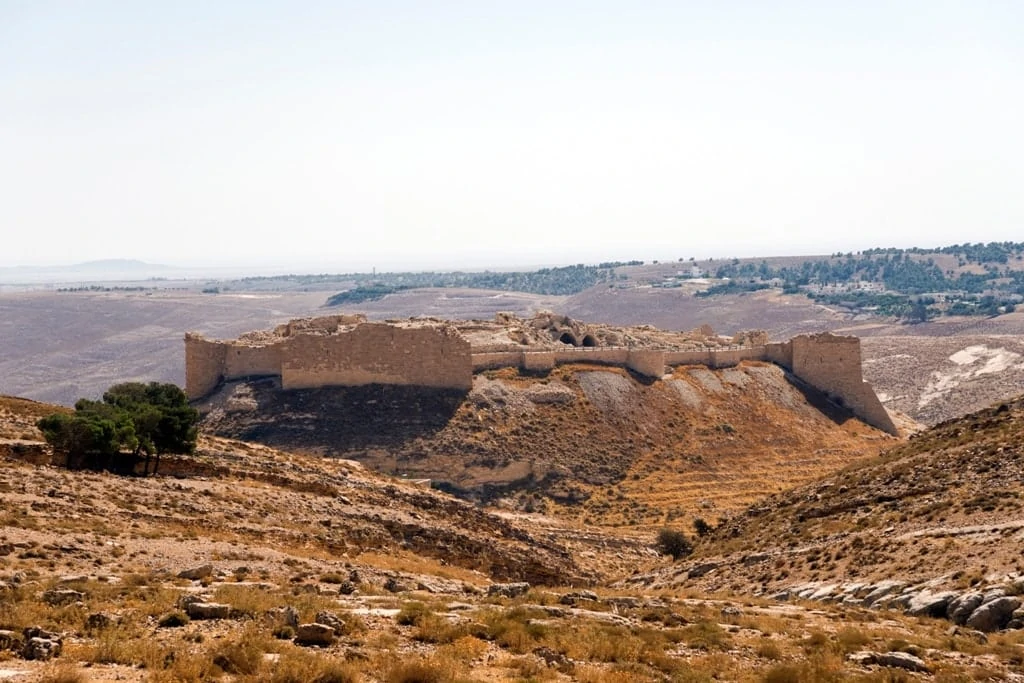
No, this isn’t the city in Canada. Montréal was a crusader castle whose ruins are also known as Shoubak, like the town in Jordan where they are located. Baldwin I of Jerusalem, a commander in the first crusade, built the castle in 1115.
Its location on the main passage from Egypt to Syria was logistically helpful but also difficult due to the lack of water sources in the area. Unfortunately, not much remains of the original structure, but visitors will still enjoy exploring the ruins.
Kerak Castle in the Karak Governorate (12th Century)

Also known as Crac des Moabites or Krak of the Desert, Karak is one of the largest crusader castles in the Levant. Pagan the Bulter, who was lord of Oultrejondain (part of the Kingdom of Jerusalem) ordered the construction of the castle in the 1140s to replace Montréal as his seat of power. Scholars today consider Kerak an important example of Crusader architecture. It attracts many visitors and hosts the Karak Archeological Museum.
Aqaba Castle in the Aqaba Governorate (12th Century)
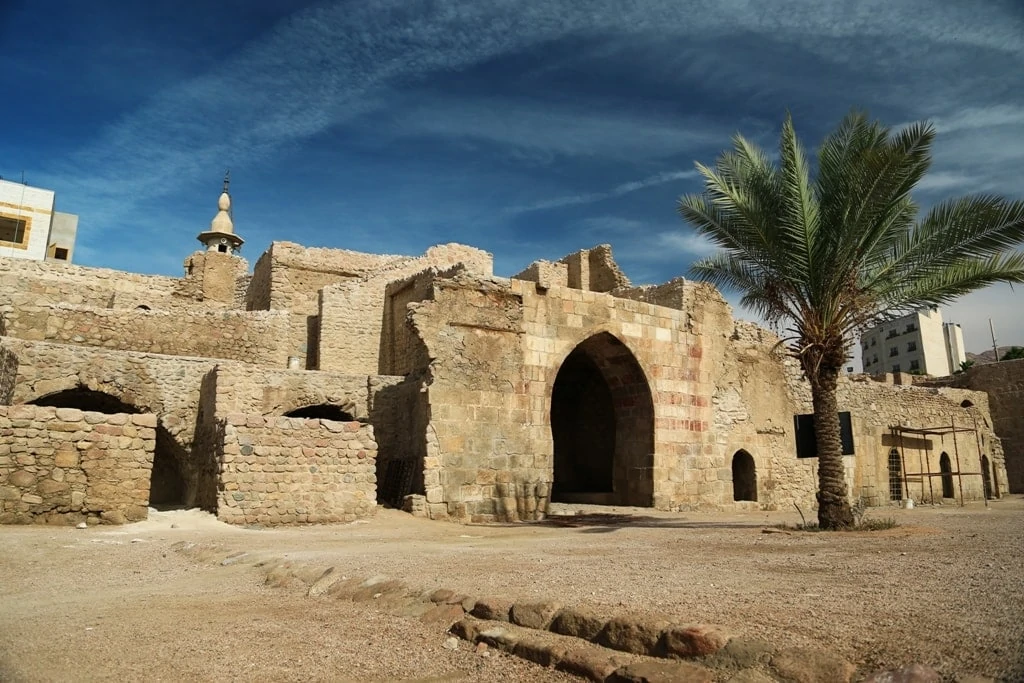
The crusaders who built Aqaba Castle in the 12th century originally called it Helim. Saladin captured the city in 1187 and destroyed the fortress, but it was rebuilt hundreds of years later. Located in the town of Aqaba, Jordan, it is now sometimes referred to as Mamluk Castle or Aqaba Fort. It is open to visitors throughout the year.
